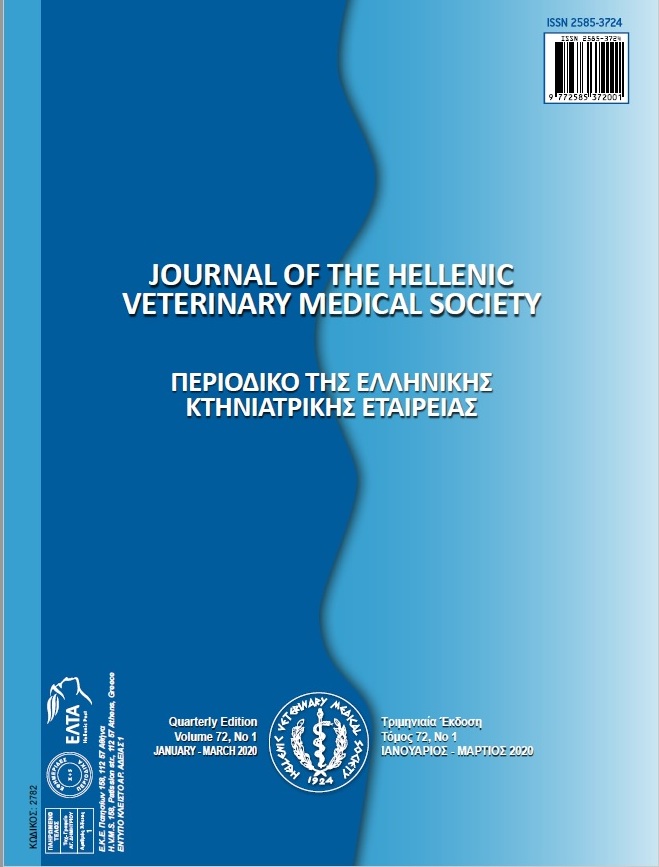Assessment of the Microbiological Profile, Species Diversity and Antimicrobial Susceptibility of Recovered Bacteria from Retail Honeys in Turkey
Résumé
The aim of this study was to assess the microbiological profile, coliform and staphylococcal species diversity, and the antimicrobial susceptibility of coliform and other Gram-negative bacteria recovered from retail honeys in Turkey. A total of 150 honey samples, including extracted honey and comb honey samples, were purchased from honey sellers. The honey samples were analyzed for total mesophilic aerobic bacteria (TMAB), total mesophilic anaerobic bacteria (TMAnB), coliforms, Escherichia coli (E. coli), Staphylococcus spp., lactic acid bacteria (LAB), yeasts, and molds. All presumptive coliform and Staphylococcus isolates were identified at species level and then Gram-negative isolates were screened for antimicrobial susceptibility. TMAB, TMAnB, LAB, yeasts and molds mean counts (log cfu/g) in the samples were 3.26±1.08, 3.0±0.89, 2.93±0.52, 2.90±0.83, 1.80±0.53, respectively. Eighteen point seven percent and 15.3% of extracted and comb honey contained coliform and Staphylococcus spp., respectively, with a mean count (MPN/g) of 8.06±1.23 and 0.71±0.66. TMAB, Staphylococcus spp. and yeast contamination rates were significantly higher in the extracted honeys (P<0.05). Presumptive coliform and Staphyloccus spp. isolates were mostly identified as Klebsiella pneumoniae, Proteus mirabilis, Serratia marcescens, and Staphylococcus hominis and Staphylococcus epidermidis, respectively. Among coliform and non-coliform Gram-negative recovered isolates, antimicrobial resistance was highest against ceftriaxone (92.4%) and cefepime (91.5%) followed by tigecyclin (46.2%). The results obtained in this study provide insight on the microbiological profile of honey and the diversity of coliform and Staphylococcus species in honey samples. Moreover, these results show that honey, which is considered beneficial for human health, may contain antibiotic-resistant bacteria.
Article Details
- Comment citer
-
GURAN, H., DURUKAN, G., & MANN, D. (2021). Assessment of the Microbiological Profile, Species Diversity and Antimicrobial Susceptibility of Recovered Bacteria from Retail Honeys in Turkey. Journal of the Hellenic Veterinary Medical Society, 72(1), 2765–2772. https://doi.org/10.12681/jhvms.26763
- Numéro
- Vol. 72 No 1 (2021)
- Rubrique
- Research Articles

Ce travail est disponible sous licence Creative Commons Attribution - Pas d’Utilisation Commerciale 4.0 International.
Authors who publish with this journal agree to the following terms:
· Authors retain copyright and grant the journal right of first publication with the work simultaneously licensed under a Creative Commons Attribution Non-Commercial License that allows others to share the work with an acknowledgement of the work's authorship and initial publication in this journal.
· Authors are able to enter into separate, additional contractual arrangements for the non-exclusive distribution of the journal's published version of the work (e.g. post it to an institutional repository or publish it in a book), with an acknowledgement of its initial publication in this journal.
· Authors are permitted and encouraged to post their work online (preferably in institutional repositories or on their website) prior to and during the submission process, as it can lead to productive exchanges, as well as earlier and greater citation of published work.




